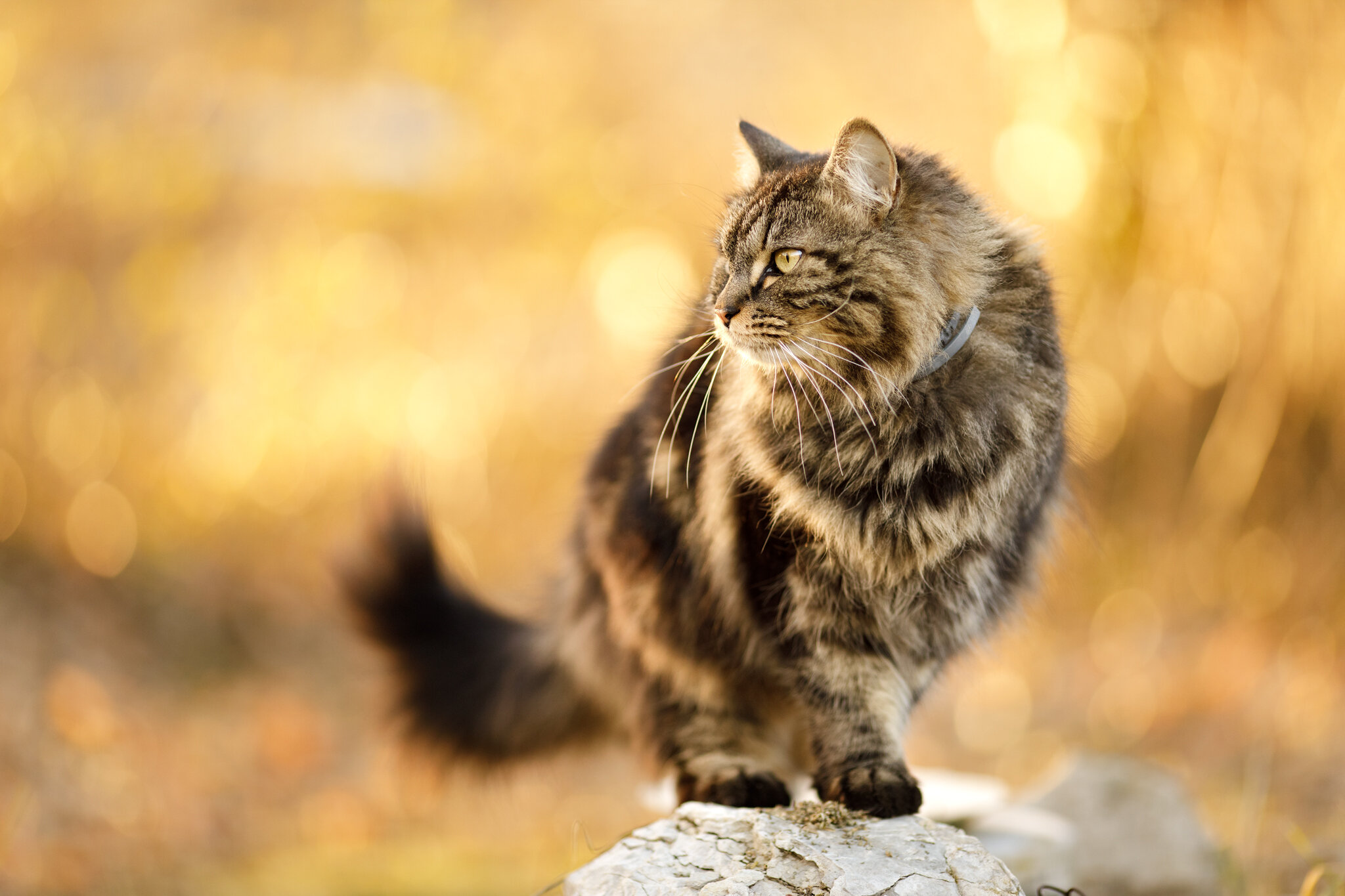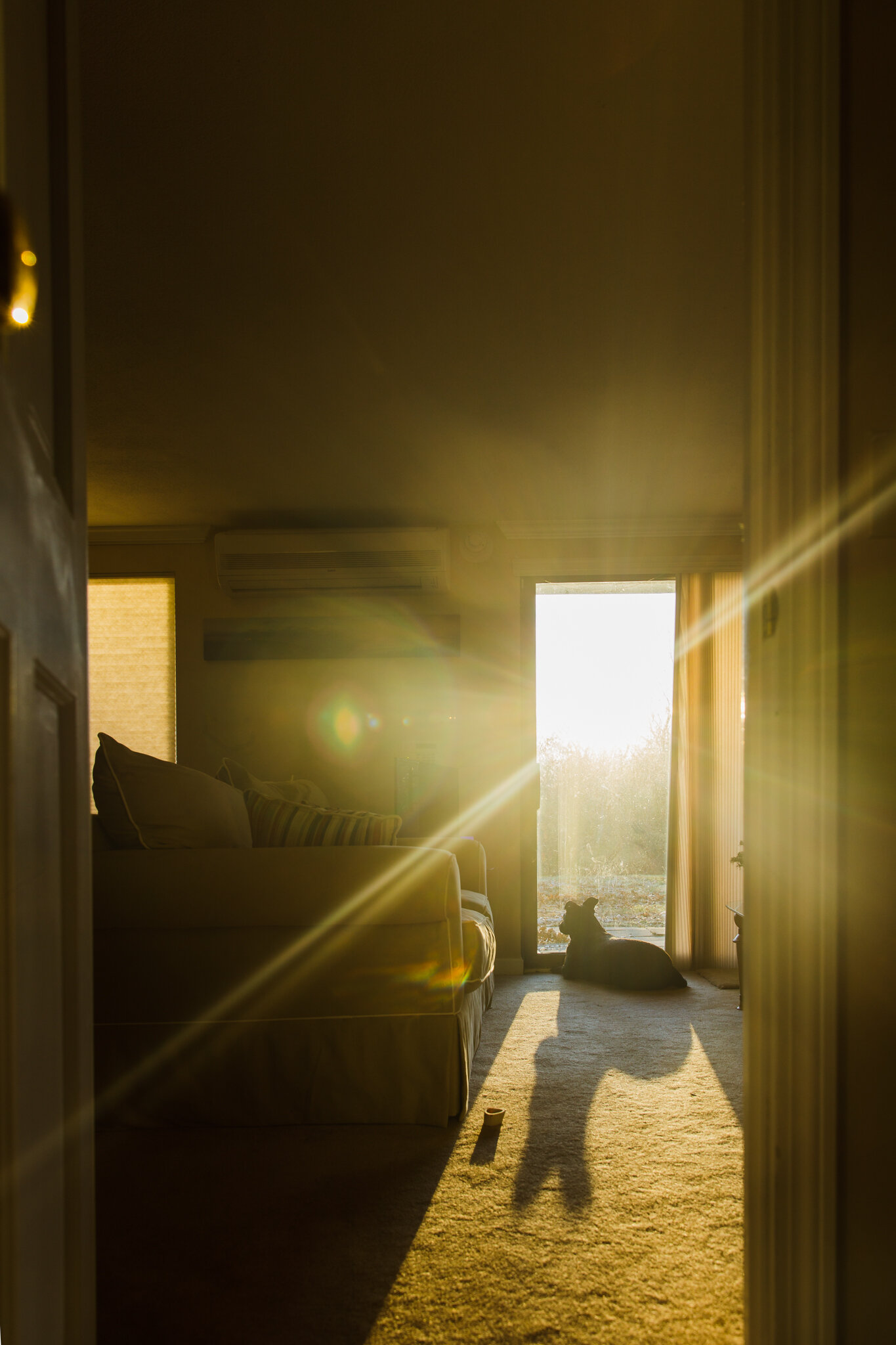Four Tips For Photographing Your Pets | RI Family Photographer
In the US alone, about 68% of households own a pet. This makes it more likely than not that you have a pet. If you have a camera, whether you’re a hobbyist or a pro, it’s likely that you’ve taken some photos of your pets, or at least tried to. I know from experience that taking photos of animals is not always the easiest thing to do. Sometimes animals are very cooperative. But then sometimes they’re not. They are very busy. They ignore you. They hide. They flat out don’t listen. Your dreams of those perfect pet photos go flying out the window while your cat meows and walks away or your dog playfully wags her tail at you.
Every single animal has his or her own personality. That makes a huge impact in your photos, just as it does with humans. But no matter the personality of your furry friend, there are some things you can do in order to make sure that you get good photos of your guy or girl. I’ve put in a lot of time photographing my own pets, and some others as well, and have found that the tips I share below have been super helpful in getting good pet photos. While this post focuses on dogs and cats, these tips can certainly translate to other animal species as well!
CHOOSE THE RIGHT LENS
Choosing the right lens for photographing your pet can make or break a photo in several ways. In general, we choose a lens for the overall look it gives the photo as well as the overall distance we have to work with. Those are always important factors. But when you’re photographing your pet, you may find that lens choice is important in yet another way. Some animals (like my cat Lionel) don’t like having a camera right up in their face and will run away if they see one, so a longer lens may be necessary to put some distance between you and your pet. Conversely, you may have an animal like my dog Lemmy. Lemmy doesn’t like to be far away from mama, and if I use a longer lens, he’ll run toward me instead of staying put. This has improved a little as he’s gotten older, but I still often use a 50mm lens with hm so I’m much closer. It might take a little bit to figure out what your pet prefers, but once you hit the sweet spot of focal length, you’ll know it.
HAVE TREATS AT THE READY
This may sound like a no-brainer, but treats or other bribery can work wonders. When photographing my dog, I very often have treats in my pocket or even held up in my hand. If your pet likes squeaky toys, these can also be great attention getters. My cat, Lionel, is very easily bribed with catnip. Knowing your pet’s favorite things will help so much in getting those perfect photos.
ACCEPT THAT YOU ARE NOT ALWAYS GOING TO GET PERFECT POSES, AND THAT MAY BE BETTER THAN PERFECT POSES.
Would it be great if my cat or dog were always sitting nicely, cooperating, and looking at the camera? Of course. Will that always happen? Probably not, but honestly, those are when you get some really good photos that showcase your pet’s true personality. Keep your autofocus on servo/continuous and have continuous shutter on and keep snapping. Photos of your cat high on catnip, rolling on a table? Yes please. The dog birdwatching in the backyard, instead of looking at you? Or maybe sticking out his tongue and looking annoyed? Those are the photos that are really going to make you smile down the road.
LOOK FOR THE LIGHT
Having good light is essential to any photo. Learn to look for good light. Search for pockets of light to tell stories and for interesting compositions. I love the light that comes in my sliding doors in the mornings and enjoy watching my dog watch the yard in the light. There are all kinds of good light out there. Learn to observe the light around you, and see what you can do with it.




